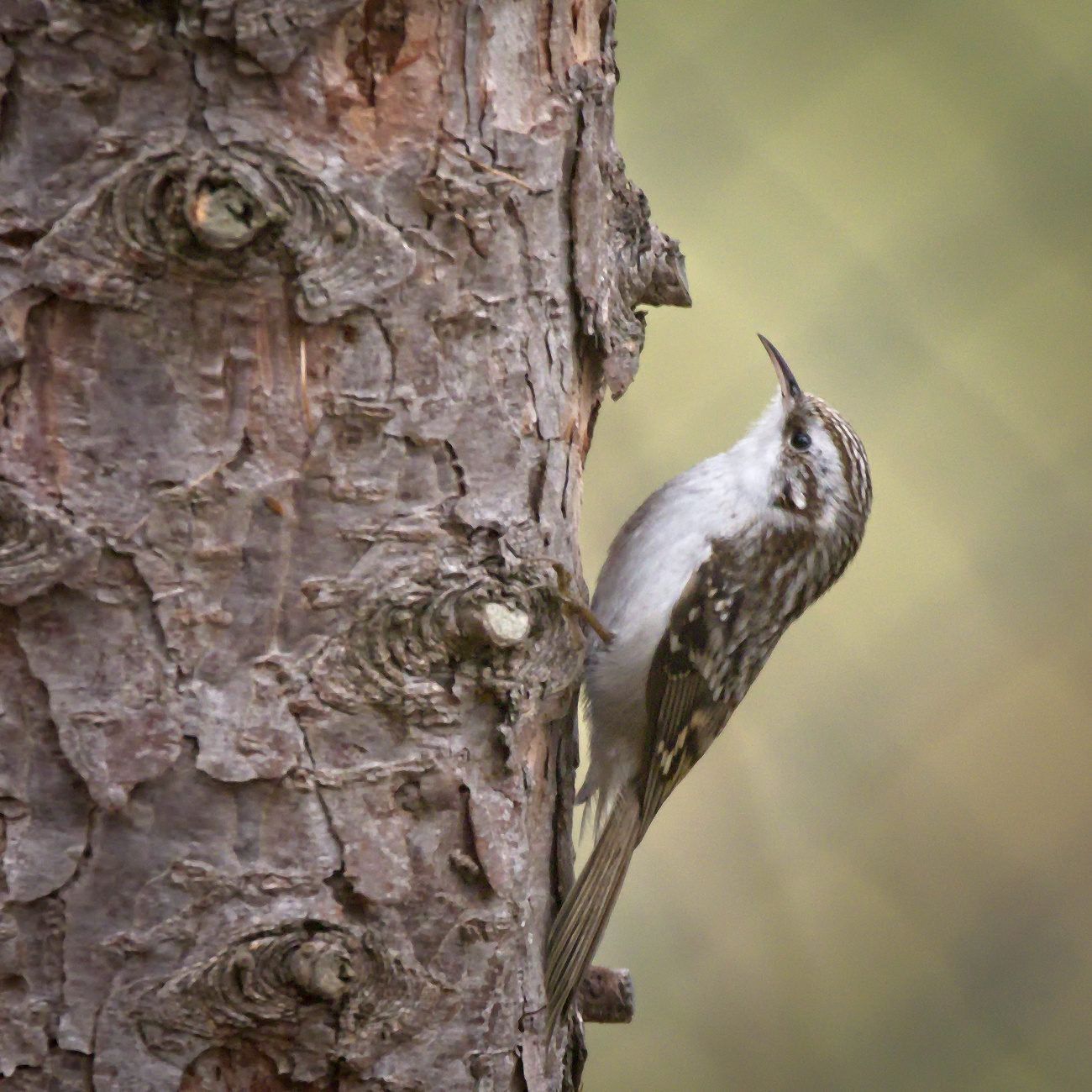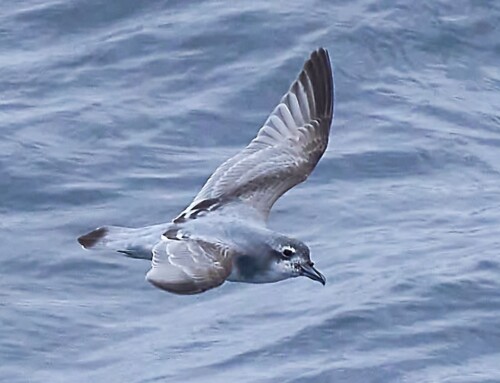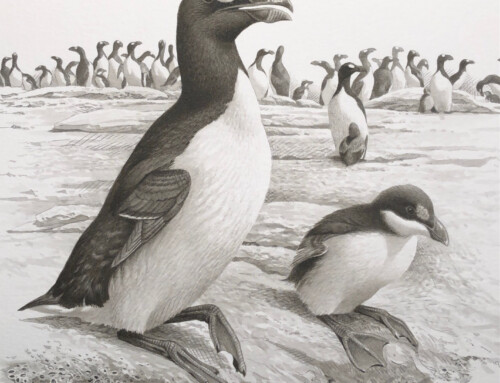
LINKED PAPER
Genomic data reveal contrasting patterns of divergence among island and mainland birds of the Eastern Mediterranean. Moysi, M., Ogolowa, B. O., Nikiforou, C., Dretakis, M., Purcell, J., Brelsford, A., & Kirschel, A. N. G. 2023. IBIS. DOI: 10.1111/ibi.13178. VIEW
Islands, and the taxa living on them, have long been of great interest to the research community and beyond. These natural laboratories often have different climates and ecological factors compared to continental land masses, and have particular factors such as geographical isolation which make them unique study systems. While they have been viewed by some as ‘evolutionary sinks’ of biodiversity, they have an identifiable role in promoting genetic variation and population differentiation, and play an important part in speciation for mobile organisms, such as birds, which experience weaker dispersal barriers from mainland to island habitats (Dos Remedios et al. 2020; Leroy et al. 2021)
In a recent study in Ibis, Michaella Moysi and colleagues used double digest restriction-site-associated DNA sequencing (ddRAD-seq) to investigate the comparative levels of genetic divergence and population structure among six passerine species in insular and continental populations of the Mediterranean basin for the first time.
Colonisation Events
While mainland bird populations have been found to typically exhibit genetic homogenisation due to persistent gene flow (Dos Remedios et al. 2020), the diversity within and among island bird species can be influenced by distinct processes including multiple independent colonisation events from different source populations, repeated colonisations from one ancestral population, and within-island diversification after colonisation by an ancestral population (Warren et al. 2015, Gabrielli et al. 2020). Different islands can also vary considerably in their species’ genetic variability depending on island size and distance from the mainland, for example, islands that are very far away are likely to receive fewer colonists which could then experience a genetic bottleneck and long-term genetic drift.
In this study, the researchers sampled 172 individuals across six different species: Short-toed Treecreeper (Certhia brachydactyla), Great Tit (Parus major), Eurasian Wren (Troglodytes troglodytes), Eurasian Blackbird (Turdus merula), Common Chaffinch (Fringilla coelebs) and Sardinian Warbler (Sylvia melanocephala). For the Short-toed Treecreeper, the Great Tit, and the Eurasian Wren at least one insular population is considered taxonomically distinct from the mainland. Samples were taken from birds in Cyprus, Crete, and continental Northern Greece.

Figure 1. Maps illustrating all sampling locations: (a) Eastern Mediterranean and the study region, sampling sites in (b) Northern Greece, (c) Crete and (d) Cyprus.
Islands vs. Mainland
The population structure between the islands and mainland at the population level was evident for all six species to varying degrees, and populations of the six species differed in their levels of genetic divergence among the islands and mainland. For all species except the Sardinian Warbler (a recent coloniser to Cyprus), the Crete and Cyprus populations were more differentiated from each other than either was from mainland Greece, which reflects variation in island colonisation dynamics.
Results showed that the three species with taxonomically distinct insular endemic populations (Short-toed Treecreeper Certhia brachydactyla dorotheae, Great Tit Parus major niethammeri, and Eurasian Wren Troglodytes troglodytes cypriotes) exhibited greater population differentiation between island and mainland populations than the other three species, likely due to isolation and reduced gene flow (Boessenkool et al. 2007, Dos Remedios et al. 2020). The most pronounced population differentiation among populations was seen in the Short-toed Treecreeper, suggesting that the population in Crete may merit description as a distinct taxon rather than being considered the same as the C. b. dorotheae subspecies in Cyprus. Weaker population structure was found among populations of Common Chaffinch and Sardinian Warbler, consistent with more recent colonisation of the islands or high levels of gene flow between insular and continental populations.

Figure 2. (a–f) Population clustering in the six species based on SNP data from ddRAD sequencing. Upper charts: STRUCTURE plots. Lower charts: principal components analysis (PCA). Bird illustrations from Richardson and Porter (2020) courtesy of Helm, an imprint of Bloomsbury Publishing Plc.
In terms of genetic diversity between island and mainland populations, the insular endemic taxa (C. b. dorotheae, P. m. niethammeri, and T. t. cypriotes) exhibited less genetic diversity than the corresponding mainland population, potentially suggesting either a historical bottleneck event or ongoing genetic drift in a perpetually small population. Meanwhile, evidence of greater nucleotide diversity in Cyprus in Common Chaffinch, Eurasian Blackbird, and Sardinian Warbler compared with other locations of the same species may suggest colonisation of Cyprus prior to a north-westward expansion into continental Europe.
As very few previous studies have investigated genetic differentiation and population structure of the breeding birds of the Eastern Mediterranean islands, and these have mainly focused on single species and employed traditional sequencing methods, this latest research has greatly improved our knowledge in this area. Additional investigations into the colonisation dynamics and demographic history of each of the study species would help to shed more light on the patterns revealed here and further improve our understanding.
References
Boessenkool, S., Taylor, S.S., Tepolt, C.K., Komdeur, J. & Jamieson, I.G. (2007). Large mainland populations of South Island robins retain greater genetic diversity than offshore Island refuges. Conservation Genetics 8: 705-714. VIEW
Dos Remedios, N., Küpper, C., Székely, T., Zefania, S., Burns, F., Bolton, M. & Lee, P.L. (2020). Genetic structure among Charadrius plovers on the African mainland and islands of Madagascar and St Helen. Ibis 162: 104-118. VIEW
Gabrielli, M., Nabholz, B., Leroy, T., Milá, B. & Thébaud, C. (2020). Within-island diversification in a passerine bird. Proceedings of the Royal Society B: Biological Sciences 287: 1-9. VIEW
Leroy, T., Rousselle, M., Tilak, M., Caizergues, A., Scornavacca, C., Recuerda, M., Fuchs, J., Illera, J.C., De Swardt, D.H., Blanco, G., Thebaud, C., Mil?a, B. & Nabholz, B. (2021). Island songbirds as windows into evolution in small populations. Current Biology 31: 1303-1310. VIEW
Richardson, C. & Porter, R.F. (2020). Birds of Cyprus. London, UK: Christopher Helm.
Warren, B.H., Simberloff, D., Ricklefs, R.E., Aguilée, R., Condamine, F.L., Gravel, D., Morlon, H., Mouquet, N., Rosindell, J. & Casquet, J. (2015). Islands as model systems in ecology and evolution: Prospects fifty years after MacArthur-Wilson. Ecology Letters 18: 200-217. VIEW
Image credits
Top right: Short-toed Treecreeper (Certhia brachydactyla) | Pawel Wiecek | CC BY-SA 2.0 Wikimedia Commons
Blog posts express the views of the individual author(s) and not those of the BOU.
If you want to write about your research in #theBOUblog, then please see here





